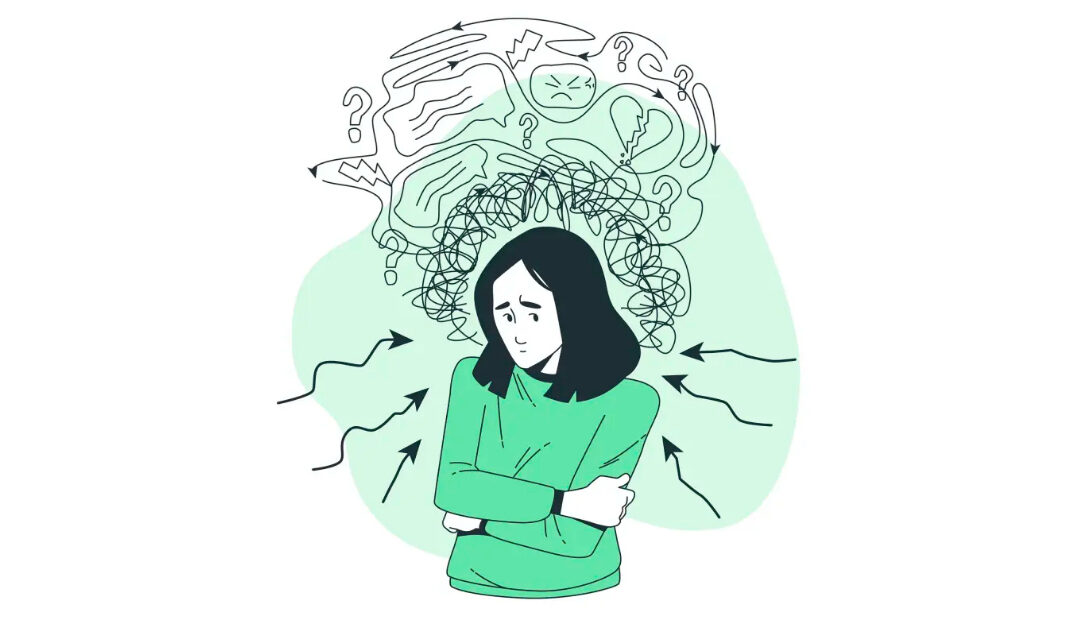The word “chairo” is derived from the Greek root meaning “to rejoice”. Cherophobia is defined as, “A phobia where a person has an irrational aversion to being happy”.
It has been classified as a form of anxiety disorder by a few medical professionals. Anxiety is an irrational or intense feeling of fear linked to a perceived threat. In cherophobia, anxiety is related to the involvement in activities that would be expected to make the person happy. The clinical literature in this domain is sparse.
Nall & Legg (2017) listed a number of symptoms that may be experienced by people with cherophobia:
- experiencing anxiety at the possibility of being part of a joyous social function
- refusing opportunities leading to positive life changes because of fear of something bad happening
- rejecting to participate in activities that most would call fun
- being happy would mean something bad would happen
- happiness would make you a bad person.
- demonstrating your happiness would be bad for you or for your friends and family.
- striving to be happy is a waste of time and effort.
An American board-certified psychiatrist/psychoanalyst, Dr. Carrie Barron stated that there could be no verbal expression of cherophobia because one may be unaware of it. It may be manifested as a conflict with a loved one, an urgency to escape, agitation, a stomachache, a headache, etc.
Someone who has cherophobia isn’t necessarily a sad person but instead is someone that avoids pursuits that could lead to happiness or joy.
It is crucial to mention that cherophobia may not require treatment, since avoiding happiness can make some feel more secure. Nevertheless, if your symptoms of cherophobia intrude with your quality of life, it would be advised to seek help from qualified mental health professionals. Since cherophobia hasn’t been studied as its own separate disorder, there aren’t any FDA-approved medications or treatments to manage this condition.
Some suggested treatments include:
- Cognitive behavioural therapy (CBT) – helps recognize faulty ways of thinking and behaviours.
- Exposure therapy – is a form of CBT that allows you to confront your fears instead of avoiding them. It is done through repeated exposure to the specific fear. In the case of cherophobia, a person would be gradually exposed to cheerful situations.
- Relaxation Techniques: This could be in the form of meditation, yoga, exercising and other breathing exercises.
- Journaling: Often putting your fears down on paper can be very cathartic.
- Mindfulness: This helps you to experience joyous moments without complicating it with thoughts of the past or future.
- Hypnotherapy: This may not work for everyone, but it could be worth a try.
According to Carrie Barron M.D. of The Creativity Cure, there are steps you can take if you’re suffering from Cherophobia :
1. Assess how the problem started
2. Talk with someone
3. Recognise the delights you try to stay away from
4. Indulge in the discomfort
5. Tolerate the anxiety
6. Tell yourself that the “proper” thing is to be happy at that moment
7. Repeat and add more time, until you complete 30 to 60 minutes or more
8. Be aware that those who protect their joys tend to be more productive
9. Know that “wasted time” is when we integrate and cement important information or come up with creative ideas
10. Accept that play (spontaneous experience) is beneficial for health.
Although cherophobia may not be something widely discussed, it is definitely real. There’s comfort in knowing that you are not alone.
– Urveez Kakalia and Dhara Mehta.

